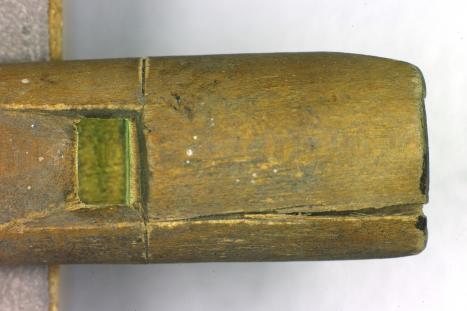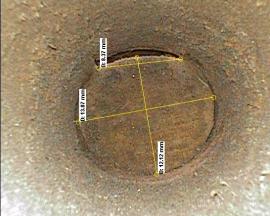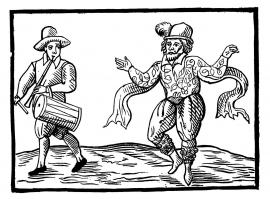The tabor pipe fragment of Lengberg castle (Tirol)
In cooperation with Mag. Michael Schick (Institut für Archäologien, Universität Innsbruck) our institute examined a fragment of a duct flute excavated in a 15th century pendentif filling in Lengberg castle in Eastern Tyrol. It not only revealed different stages of finishing this fragment already broken while built and then modified as a children's toy but also indications for its original planning concept as a three-holed tabor pipe. Based on this documentation a functioning reconstruction could be made.


Top and Labium of the fragments of Lengberg castle. Clearly visible are the marks for the upper edge and the obliquely cut window walls, a clear indication of careful pre-planning and dimensioning and professional work when designing and producing this acoustically relevant component,
Boriscope
Boriscope picture of the inner bore with labium and block and photogrammetric measures of the relevant bore dimensions

anonymous engl. woodcut (from: Nine Days Wonder, 1600): Will Kempe dancing a jig on the London to Norwich road for nine days, accompanied by pipe and tabor

Literature:
Michael Schick u.a.: Die Einhandflöte aus den Gewölbezwickelfüllungen von Schloss Lengberg in Osttirol. Lengberger Studien zur Mittelalterarchäologie 1, (Nearchos Beiheft 8), 2010.



